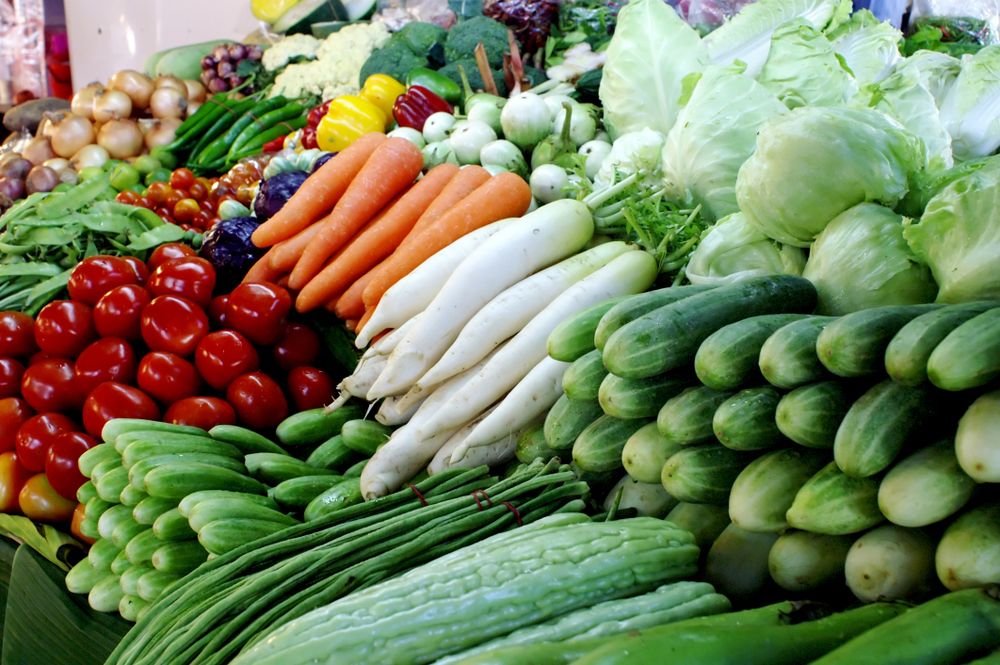Horticulture

Horticulture is extremely important to the prosperity of Australia, both in a rural and urban context!
The horticulture industry includes production horticulture (fruit, vegetables and wine) and ornamental horticulture (turf and landscape). Horticulture production is intensive in terms of resource use (capital, labour, fertilisers and water). Continued development of the horticulture industry is dependent upon growers implementing sustainable practises (those that avoid negatively impacting on the environment and promote efficient use of resources, including water).
To improve water use efficiency, growers and irrigation managers should:
- Use irrigation methods that are appropriate to the crop
- Monitor and maintain irrigation system performance
- Manage water application in terms of needs of the site and local weather conditions.
Benefits of being water efficient in horticulture!
- Increased savings through reduced water and pumping costs;
- Reduced leaching of nutrients (and hence, reduced fertilizer application);
- Lower energy requirements for pumping;
- Reduced amount of drainage water and surface runoff;
- Additional water for expansion or trading; and
- Less impact on environment.

Greenhouses
The production of horticultural crops in greenhouses has increased significantly in Australia in recent years because the capacity to produce high quality fruit and vegetables under controlled environmental and production conditions is attractive to many growers.
The majority of greenhouses in Australia are in Victoria and NSW. The main crops are vegetables (tomatoes, capsicums, cucumbers), cut flowers (roses, carnations, gerberas and lisianthis) and nursery crops. Many greenhouses have been constructed with hydroponic production facilities. In hydroponic production crops are grown without soil, either in a medium (such as peat, sawdust or rockwool) or in a solution (no medium). The production solution incorporates both the water for irrigation and the nutrients. Such systems can be arranged to recirculate the solution instead of allowing it to run to waste. Subsurface irrigation methods deliver water automatically to each container and also allow drainage water to be readily recycled. These methods provide the greatest opportunity for high water use efficiency. Though the initial instalment cost is slightly higher than that of other systems, the eventual water savings and increased productivity make the installation of subsurface systems a worthwhile investment.
Australia enjoys a year round supply of fresh vegetables
The major vegetable crops are potatoes, tomatoes, crucifers (cabbages, cauliflower, broccoli and brussel sprouts), carrots, onions, lettuce, capsicums, peas, beans and melons. Vegetables are grown in a wide range of climate zones in Australia.Production of high quality, high yielding crops requires optimum soil moisture conditions to be maintained throughout the entire growing season. For most vegetables and most regions this means that supplementary watering through irrigation is required. Vegetable crops require continuous access to an ample supply of good quality water to achieve optimum fruit development and growth. Vegetable crops are characterised by shallow root systems, which have small soil water storage reservoirs, and plants with changing water needs, depending on their stage of development and the weather.
A wide variety of fruit and nut crops are produced in Australian orchards!
Major crops include citrus, stone fruits and nuts. Expansion of local markets and continued growth in exports are the driving forces in the development of orchard production in Australia. Current issues for orchard producers include international competition, a need to increase productivity, the adoption of farm best practice, and a focus on chemical-free produce and environmental sustainability. Several of these issues foster the need for sound water management. Also, with drought conditions and decreased water allocations, the availability and use of water is an issue in itself for farmers. Micro irrigation systems (also referred to as ‘drip’ irrigation systems) apply water to the tree root zone at frequent intervals so that soil moisture levels are maintained at optimum levels.
Micro irrigation systems can save water in orchards by:
- Watering only the plant root zone
- Reducing loss to deep drainage or percolation
- Reducing water consumption by weeds
- Minimising evaporation from the soil surface. Water-soluble fertilisers can be delivered through micro irrigation systems (fertigation systems) so that the nutrient needs of orchard crops can be supplied on a continuing basis.

